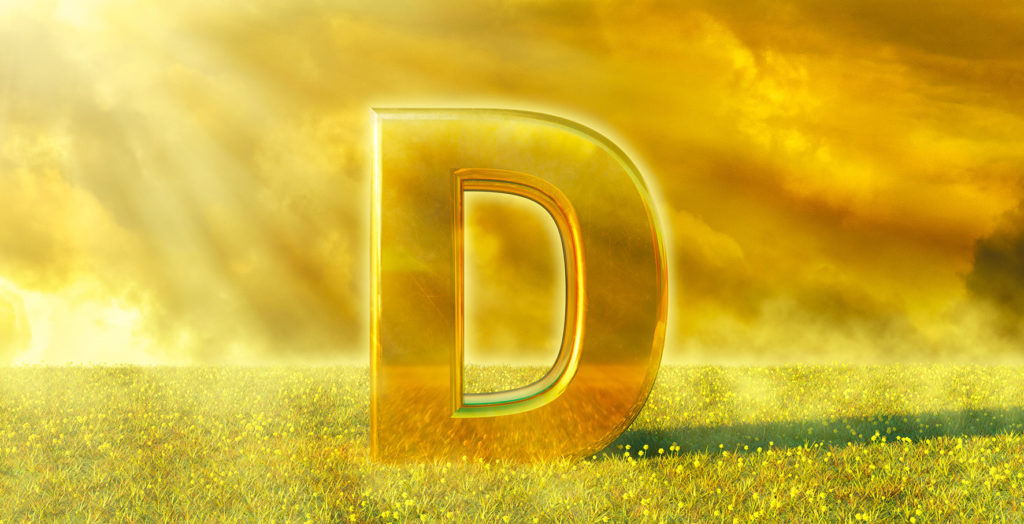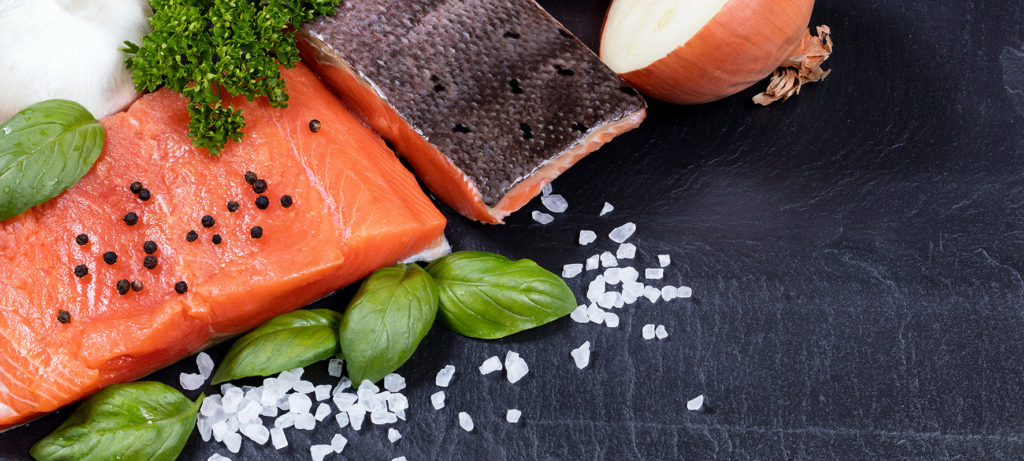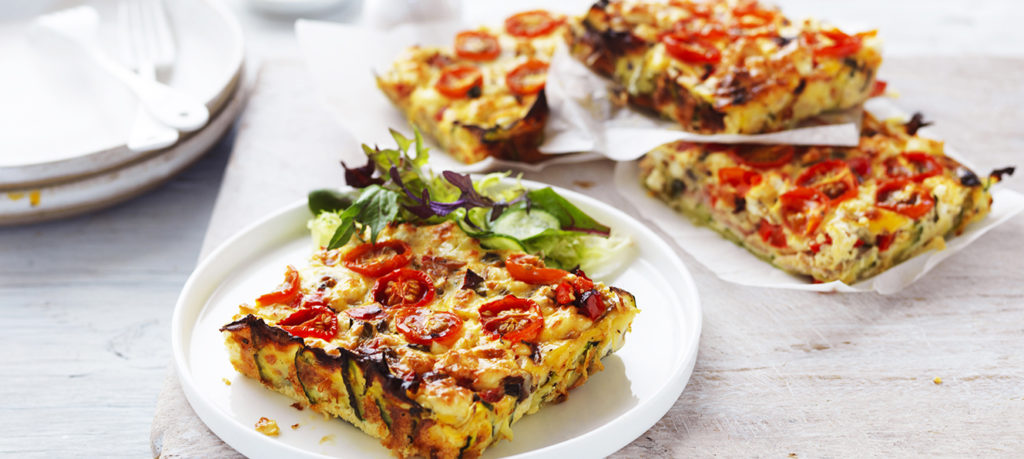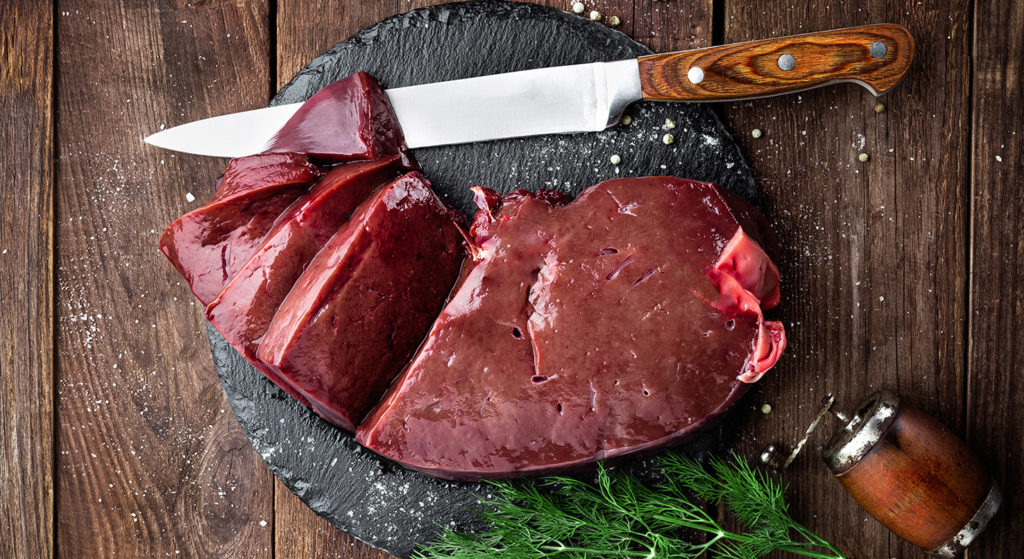Vitamin D: are you getting enough?
A new Curtin University study has found that 95 percent of Australians have critically low vitamin D intakes. As well as being essential for healthy bones, vitamin D also plays a key role in regulating your immune system. With COVID here to stay and a new “super cold” sweeping the nation, bolstering your immunity has never been more important. Here’s what you need to know about vitamin D intakes, and how to boost your daily dose of D.
The study used new information on the vitamin D content of foods, produced by the research team, and dietary intake data collected from more than 12,000 Australians.
Lead researcher, dietitian and PhD student Eleanor Dunlop from the Curtin School of Population Health, says that most Australians consume less than half of international recommendations for the vitamin. That’s 10 micrograms (mcg) a day.
We can produce vitamin D through sun exposure,” she says. “But we know that being ‘sun smart’ is vital in Australia to reduce the risk of skin damage and skin cancer.
“Vitamin D deficiency increases the risk of poor bone health. Since nearly one in four Australian adults are D-deficient, carefully considered food-based strategies may safely increase intakes and improve vitamin D status in the population.”

Who’s most at risk?
Aboriginal and Torres Strait Islander people living in remote areas are particularly at risk of a D deficiency, as well as people born outside of Australia or the main English-speaking countries. People residing in southern states of Australia, and people who are obese or have low physical activity levels, are also at greater risk of D deficiency.
According to senior study author Associate Professor Lucinda Black, also from the Curtin School of Population Health, vitamin D intakes are lowest among younger people. And women are more likely to have lower D intakes than men.

How do I get more D in my day?
“It can be difficult to consume enough vitamin D, as few foods are rich in the vitamin,” Black says. “Oily fish is the best food source of D, with two serves a week recommended. Other foods such as eggs and meat contain small amounts. However, we don’t find vitamin D in fruits, vegetables or grain-based products, like bread or rice.”

Oily fish
One serve of oily fish (140g cooked or 150g tinned) can get you close to your daily recommended intake of D. Sardines, herring, mackerel and salmon are all good choices. Try these king salmon recipes, and this advice from Sam Wood. Or if you can stomach it, a teaspoon of cod liver oil will provide you with the full 10mcg of D you need.

Eggs
Eggs are one of the highest natural sources of D. Two 60-gram eggs will provide you with 82 percent, or 8.2mcg, of your recommended daily vitamin D intake. Try these recipes.

Mushrooms
Mushrooms are the only good non-animal source of vitamin D. They synthesise D just like we do. So if they’re exposed to sunlight, they’ll “supercharge” with vitamin D. As an example, a serving of raw white mushrooms contains 0.18mcg of D; when it’s exposed to UV light, this ramps up to 23.6mcg. So always give your mushies a sunbath before eating or cooking them. One serving is about a cup raw, or half a cup cooked. Try these recipes, this chicken and mushroom pie, this tofu and mushroom curry or these dumplings.

Beef liver
While offal might not be the most appealing-looking food, it packs a nutritional punch. One serving of beef liver will get you around 10 percent of your daily D needs. It’s also rich in protein, folate, iron, vitamins A and B, zinc, selenium and copper.









